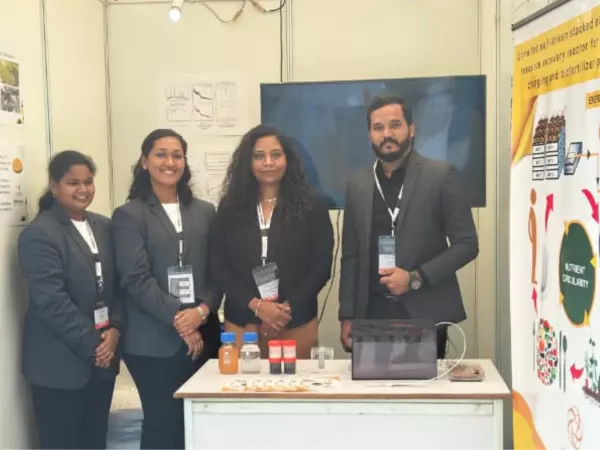TRENDING TAGS :
IIT Palakkad scientists make electricity and fertilizer from urine
According to a release issued by IIT-Palakkad, this technology uses source-separated urine, that is, urine does not mix with feces. This means that this technology can be implemented in both urban and rural areas.
Scientists at Kerala-based IIT Palakkad have developed a revolutionary technology that can produce both electricity and fertilizer from human urine. Keeping in mind the increasing energy demand and the need for sustainable development, this technology is considered important. This new technology is based on a 'urine-powered, self-propelled stacked electrochemical resource recovery reactor'. This reactor uses the 'ionic power' present in urine to generate electricity. Besides, this process also produces organic fertilizer rich in nitrogen, phosphorus and magnesium. This research team was led by Dr. Praveena Gangadharan, Assistant Professor, Department of Civil Engineering.
According to a release issued by IIT-Palakkad, this technology uses source-separated urine, that is, urine does not mix with feces. This means that this technology can be implemented in both urban and rural areas. The technology consists of an electrochemical reactor, ammonia soak column, dechlorination and chlorination chambers, plumbing, and electrical manifolds. Magnesium anode and air carbon cathode are used in the reactor. This technology uses acrylic reactor units, which contain anode and cathodal mechanisms. When urine is poured into these units, electrochemical reactions begin. These reactions produce both electricity and bio-fertilizer.
The organic fertilizer produced through this technology is rich in nitrogen, phosphorus and magnesium, which are essential nutrients for plants. It is a slow release fertilizer that promotes sustainable farming practices.
This technology has currently been successful in generating 500 milliwatt (MW) power and a voltage of 7-12 volts per cycle. It is currently being used to charge mobile phones and LED lamps. In the future, it can also be used to power places like theaters and shopping malls.
This technology is currently at Technology Readiness Level 4, meaning it is undergoing laboratory validation. Thus, widespread implementation will still require experiments and validation at the commercial level.



